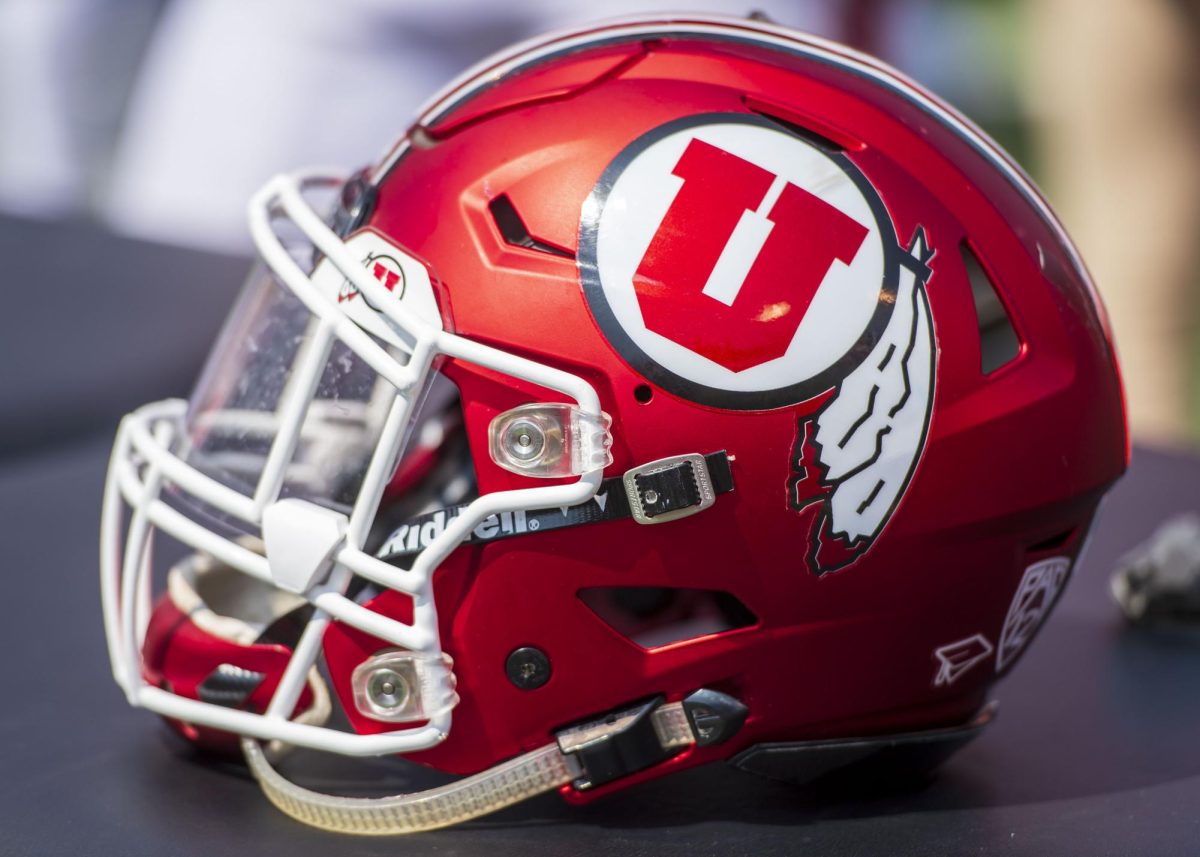Sports are a fantastic thing to have in life. They bring activity, teamwork and competition together at once, but there are downsides to sports. There is always the risk of an injury that can sideline you for a game, a season or for life. But, chronic traumatic encephalopathy is not one of these injuries.
All About CTE
CTE is a fatal, progressive brain injury typically caused by repeated traumatic brain injuries. There is currently no way to diagnose CTE in a living person; it can only be diagnosed by examining brain samples during an autopsy. It can take years or decades for symptoms to become apparent.
Common symptoms of CTE include cognitive impairment, headaches, short-term memory problems and changes in behavior. Other symptoms include loss of coordination, aggressive behavior, depression and thoughts of self-harm.
Almost every person diagnosed with CTE has a history of repetitive hits to the head, and CTE has frequently been seen in football players. UNITE Brain Bank has confirmed over 700 cases of CTE in football players.
Nationally
This begs the question, why hasn’t anybody done anything about this problem?
Well, they have. Boston University is currently one of the leading research institutions on CTE. They aim to create a safer environment for individuals exposed to repeated head impacts through clinical, pathological and molecular research.
Professional sports organizations such as the NFL are also conducting research to make sports safer for athletes. The NFL allows athletes to choose which helmet they would like to wear, and 99% of players wear helmets that are top-performing when it comes to reducing concussions.
This improved helmet technology contributed to a 25% reduction in concussions over four seasons. Besides their own research, the NFL also provides funding for external research and manufacturing towards safer helmet models.
The NFL also is looking into position-specific helmets for players to use. Each position sees different contact to the head, and position-specific helmets could help protect players in the areas that they need it most.
Close to Home
CTE research is happening across the country, and the University of Utah is doing its part. The Department of Neurology’s Traumatic Brain Injury and Concussion Center is currently conducting a study validating the use of high-definition fiber tractography, a relatively new method of brain imaging. This study is being done so that faster and more accurate diagnosis can be used in the treatment of TBIs.
The center is focused on research to prevent and treat TBIs, the underlying cause of CTE. This research is not solely focused on athletic injuries but on the injury as a whole. A person can suffer from TBI in any number of ways, and the center aims to further research and help anybody who suffers from this injury.
The U has done another study, this one focused on the effectiveness of light treatment on former athletes. This study was initiated by Larry Carr, a former BYU football player.
The study focused on 13 former athletes, most of them being football players. These athletes were given photobiomodulation, a form of infrared light treatment, every other day for eight weeks.
Although the data hasn’t yet been compiled, all 13 participants chose to take a photobiomodulation headset home to continue treatment after the study. The U plans to extend the study to 50 athletes and continue research into this treatment.
“I can’t not say how excited I am by the results so far,” Carr said. “The pattern of the research and the pattern of the response to the light treatment is to my mind unmistakable.”
University of Utah Health also has a Brain Injury Treatment & Recovery program. Rather than focus on advancements in research, this program is focused on helping people who suffer from brain injuries.
With 188 patients treated in 2021, 92 of them suffered TBIs. While advancements in CTE research may not have an immediate impact, this program focuses on rehabilitation for patients currently battling brain injury.
CTE is a life-altering disease, and we must reduce the risk of it in athletics as much as possible. Research has led to new technology, specifically helmets for NFL players, but is it enough? Boston University found CTE in 345 of 376 former NFL players, over 90% of players studied.
This does not mean that this same percentage can be found in current players, since CTE can only be diagnosed after death, but one can assume that the percentage is still higher than that of the average person. Boston University found CTE in only one of 164 brains donated to the Framingham Heart Study. The one case found was in a former college football player.
Football and athletics present a large risk of CTE, but research at the U and nationwide are attempting to make the sport safer for those who play.



